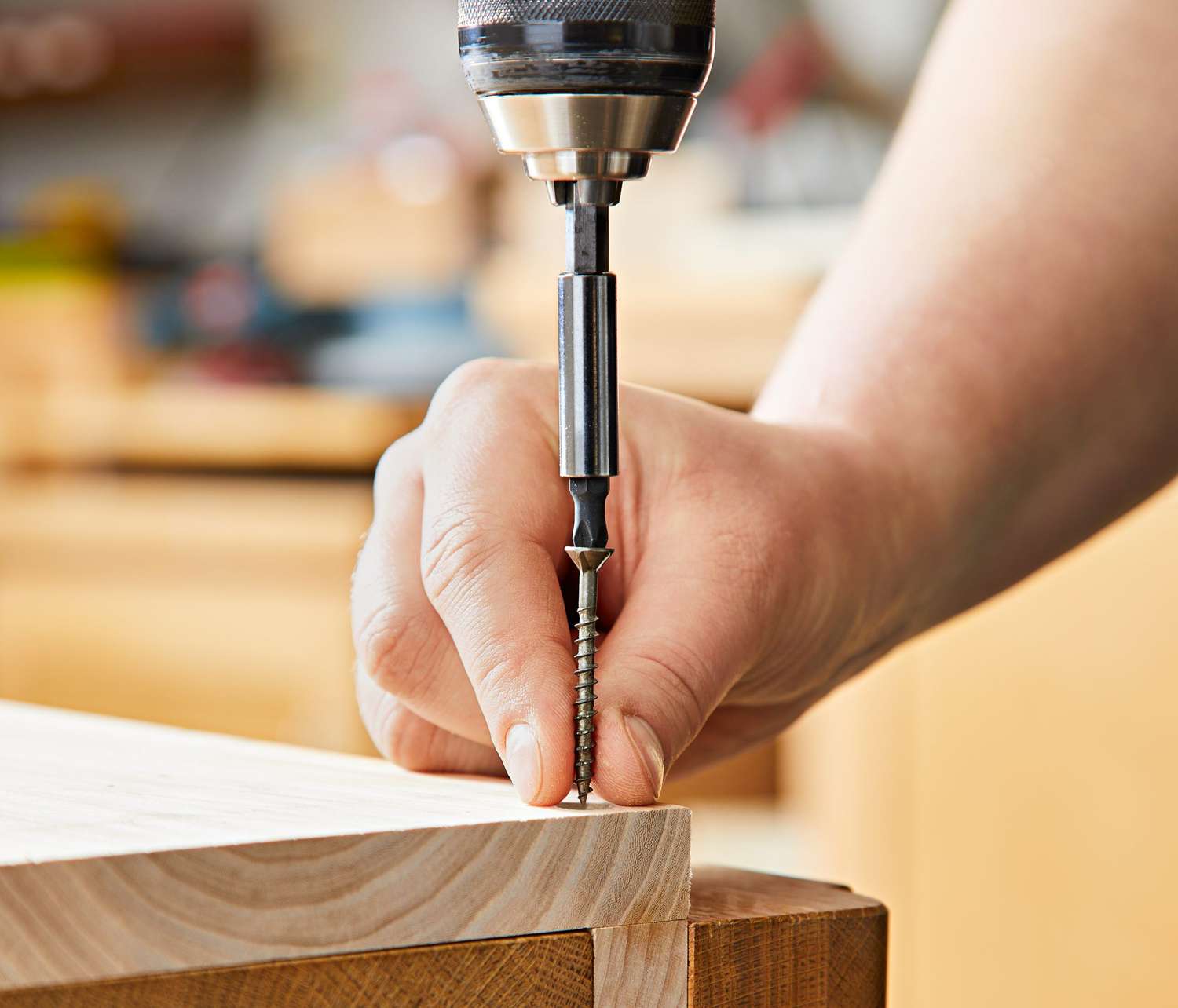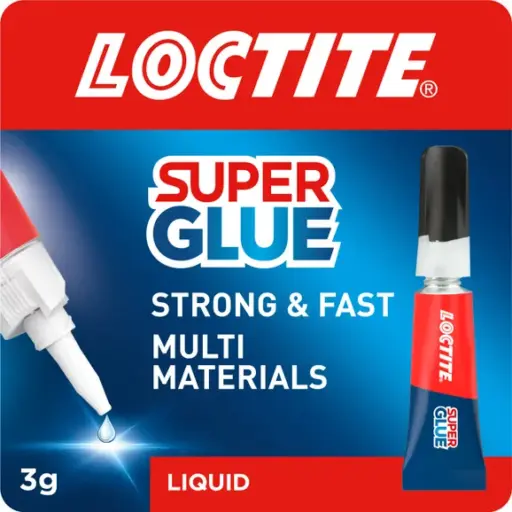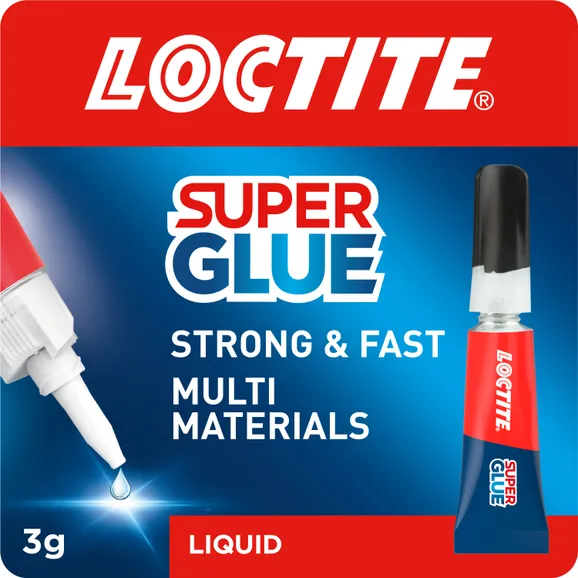When it comes to home repairs, most DIYers reach for a drill and a box of screws. It’s reliable, it’s old-school, and it works—most of the time. But there’s another option that often gets overlooked: adhesive. And not just any adhesive—Loctite, the go-to brand for pro-level strength, speed, and versatility.
So when should you ditch the screws and reach for glue instead? Let’s break it down.
Screws vs. Adhesives: What’s the Difference?
Screws work by mechanically fastening two materials together. They bite into surfaces and hold by pressure and thread grip. They’re great for load-bearing connections, removability, and quick structural work.
Adhesives, on the other hand, work by forming chemical bonds. The result? An even distribution of stress across the joined surfaces, which often makes for a stronger, cleaner, and longer-lasting hold—especially with materials like wood, metal, ceramics, and plastics.
Loctite specializes in construction adhesives, wood glues, threadlockers, sealants, and epoxies—each designed to bond specific materials in specific conditions.
When Glue Beats Screws

1. When Appearance Matters
Screws leave holes. Even with countersinks and fillers, they can still show. If you’re repairing furniture, molding, or cabinetry, Loctite Wood Glue or Loctite Power Grab gives you a flush finish with no hardware visible. Clean, sleek, and strong.
Best for: Trim, baseboards, decorative panels, veneer, and repair work where surface finish is a priority.
2. When You’re Working with Fragile or Thin Materials
Screws can split delicate wood or crack brittle plastic. Adhesives apply even pressure across the surface, reducing the risk of damage.
Best for: Small crafts, lightweight décor, thin MDF, brittle plastics, ceramic repairs, etc.
3. When Vibration is a Problem
In areas where screws tend to loosen over time—like door hinges, drawer tracks, or anything exposed to movement or vibration—adhesives like Loctite Threadlocker Blue 242 can be used with or in place of screws to stop parts from shaking loose.
Best for: Cabinets, drawer slides, appliances, door hardware, and anything that moves.
4. When Waterproofing is Needed
Screws don’t seal—they pierce. That means they can actually invite moisture in. Loctite adhesives and sealants form watertight barriers, ideal for outdoor projects or areas exposed to leaks.
Best for: Outdoor furniture, gutter repairs, window trims, decks, and bath/kitchen surfaces.
5. When You Want to Save Time
Drilling, driving, and countersinking takes time. With Loctite Power Grab Express, you can bond materials instantly with no clamps and minimal mess. Set it, press it, and walk away.
Best for: Quick fixes, mounting items, and one-person jobs where clamps aren’t an option.
6. When You Can’t Use Hardware
Sometimes screws aren’t an option—like in rental units, glass surfaces, or tile walls. Adhesive becomes your only (and best) bet.
Best for: Installing hooks, mirrors, light shelving, or organizers without drilling.
But… When Are Screws Still Better?
Let’s be real—adhesives aren’t magic. There are times when screws still win:
- Structural Load: If you’re building a deck or framing a wall, screws (and nails) are still king.
- Reversibility: If you need to remove or adjust something later, a screw gives you that flexibility. Adhesives? Not so much.
- Shear Stress Situations: In applications with side-to-side force (like hinges), screws hold up better unless combined with glue.
Pro Hack: Use Both
For many projects, the strongest solution is glue + screws. Apply Loctite PL Premium adhesive between the surfaces, then add screws to clamp them while curing. This combo gives you the immediate strength of screws with the long-term durability of adhesive.
Perfect for: Subflooring, heavy shelving, cabinetry, and stair treads.
Final Thoughts
There’s a time and place for screws—but Loctite adhesives are the unsung heroes of modern home repair. They’re faster, cleaner, quieter, and often stronger in the long run. Whether you’re reattaching a chair leg, mounting something on drywall, or sealing up an outdoor fixture, there’s probably a Loctite product that can do the job better than a handful of screws.
So next time you start a project, don’t automatically reach for the drill. Ask yourself: could glue do this better?
Chances are, Loctite has the answer.








